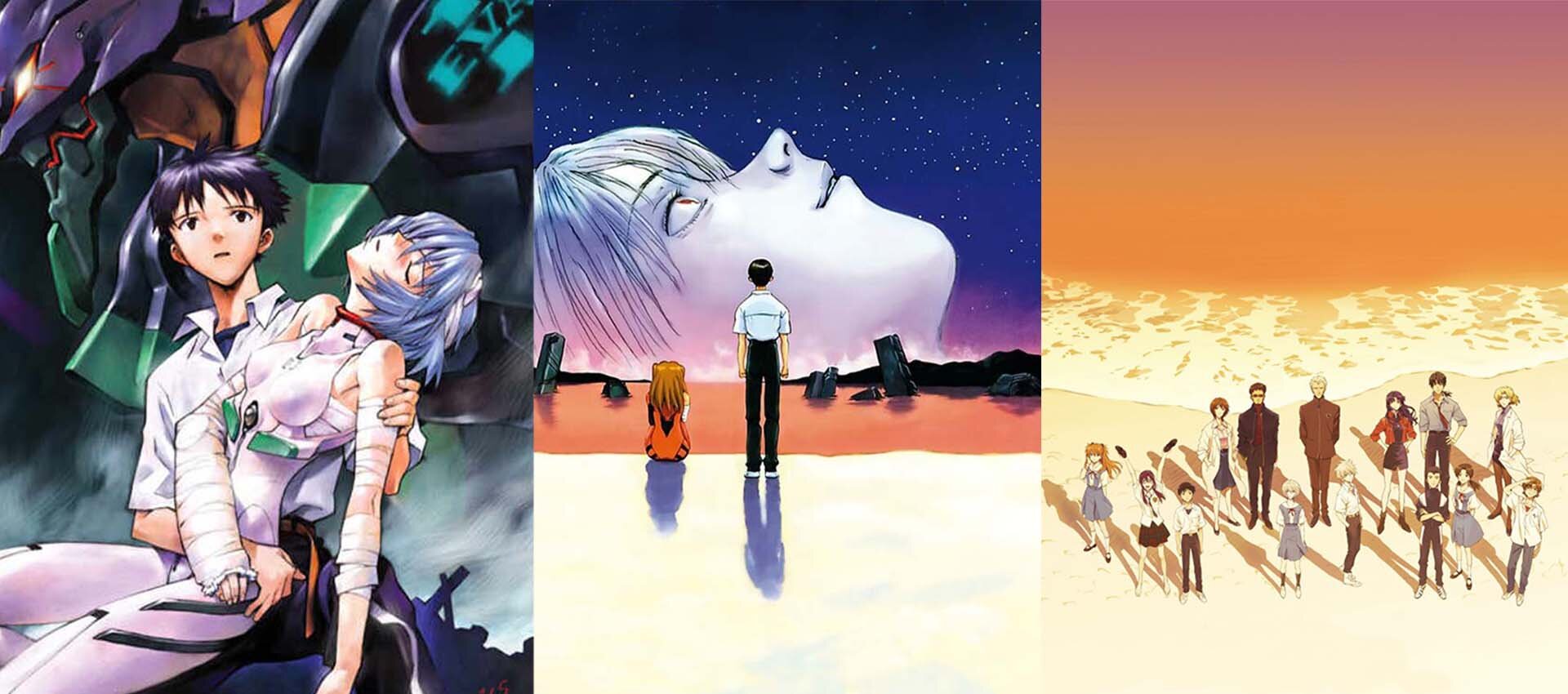How Long Is the Average Evangelion Episode? | Runtime Details

Let’s dive into the world of Neon Genesis Evangelion. The entire series, comprising 26 episodes, each running for 23 minutes, is readily available on Netflix. Initially, when the anime concluded with its 26th episode, it sparked a wave of criticism and discontent. The ending, shrouded in cryptic and enigmatic elements, left numerous gaps and unanswered questions, prompting the creation of Neon Genesis Evangelion: Death & Rebirth. These two movies were conceived to provide a more conclusive resolution to the series.
- How Long Is the Average Evangelion Episode? | Runtime Details
- What is Neon Genesis Evangelion: Death & Rebirth?
- Why was Evangelion so short?
- What do episodes 25 and 26 of Evangelion mean?
- How many Evangelion endings are there?
The first installment, Neon Genesis Evangelion: Death, boasts a duration of 70 minutes and revisits episodes 21 to 24. Through various reeditions, the film earned the moniker Death(true)2, denoting its final and most comprehensive version. This refined edition can be found in the Netflix catalog, marking our second destination on this cinematic journey.
What is Neon Genesis Evangelion: Death & Rebirth?
The next step would be to watch the second movie, which was initially named Neon Genesis Evangelion: Rebirth, and covered episodes 25 and 26 in 27 minutes. It came out in cinemas in 1997 and was a hit in Japan. However, it was not satisfying enough, so those two episodes were revised and remade in a new movie called The End of Evangelion that had a duration of 90 minutes and gave the whole story a darker twist. The first 27 minutes of this new movie were mostly the same as Rebirth, so you can just go ahead and watch The End of Evangelion, which is also on Netflix.
Evangelion: Death(true)2 and The End of Evangelion are also part of a complete version that combines them called Revival of Evangelion, but it is not on Netflix.
Why was Evangelion so short?
This series faced a backlash in Japan for being too violent for TV, which led to budget cuts that affected the quality of the last two episodes. These episodes were poorly received by the fans, as they did not provide a proper conclusion to the story.
What do episodes 25 and 26 of Evangelion mean?
Episodes 25 and 26 show what happens in Shinji’s mind during the EoE events. They are part of the same universe, but we have to remember that Shinji is a liquid LCL for the whole episode 26, and that Shinji is in a state of near-paralysis and fear for most of episode 25′.
How many Evangelion endings are there?
To begin with, the TV conclusion of Neon Genesis Evangelion sees Shinji successfully confronting his self-loathing, a journey mirrored by other central characters such as Asuka and Misato. However, viewers may have been taken aback by the abstract rendering of Shinji’s odyssey through line animation and plain colored marker drawings. Conflicting reports surround the reasons for this departure in animation style. Some anonymous sources suggest sponsorship difficulties and a thinning budget, while director Hideaki Anno attributes it to scheduling issues imposed by television networks, limiting the team’s time to complete the episode. Additionally, the anticipation of stricter broadcast censorship standards due to sexual content and violence late in Evangelion’s run, as well as claims by studio president Toshio Okada that Anno faced decision-making challenges in a timely manner, further complicate the narrative.
Despite these challenges, the distinct animation style serves as a pragmatic storytelling device. As Shinji delves deeper into his psyche, shedding his defenses, the visuals strip down in parallel, mirroring the steps involved in creating an anime. This introspective journey prompts Shinji to recognize the suffering within those around him and the need to refrain from relying on them to resolve his issues. Through a semi-dialogue, semi-therapy session, Shinji realizes that his self-hatred has distorted his relationships.
This transformative journey culminates in a symbolic blank page, signifying absolute freedom of self-definition. However, the overwhelming nature of this concept, particularly for a teenager, transforms it into a brief glimpse into an alternate reality. Here, Shinji envisions a world where he and his friends lead happy lives as ordinary high school students. This pivotal scene introduces the notion of a canonical multiverse, allowing for diverse interpretations and settings for the characters. Beyond its broader implications, the scene serves to liberate Shinji from a sense of entrapment.
While the metaphor of learning to love oneself won’t reverse tragic events, it illustrates to Shinji that he can alter his perceptions and, consequently, himself. With this breakthrough moment, the world metaphorically expands, introducing vibrant colors and movement into Shinji’s reality, reflecting his newfound resolve.
Contrastingly, in End of Evangelion, Shinji rejects the concept of growth, presenting a darker counterpoint to the anime series’ more optimistic conclusion. As Instrumentality unfolds, Shinji witnesses distorted scenes with Misato and Asuka, intensifying his misogynistic disgust and closing him off from understanding their actions. The metaphorical camera light, symbolizing illumination in the TV ending, remains dark and unused. Gendo’s dying moments echo Shinji’s potential future, portraying a bitter, abusive, and obsessed figure.
Shinji’s internal struggle takes a darker turn as he envisions Asuka, who delivers harsh truths about their relationship. Unable or unwilling to accept these revelations, he resorts to violence, symbolizing the catalyst for Instrumentality rooted in human sorrow and fear. Unlike the TV series finale, where Shinji’s existential question receives affirmation, in End of Evangelion, he receives no answer.
Visions of Rei and Kaworu, representing hope and love, attempt to convey the message from the TV ending, but Shinji, unable to face himself, foresees a cycle of repeated realizations. The film concludes with Shinji waking up on a beach with Asuka, emphasizing the theme of human connection. However, Shinji’s act of attempting to strangle Asuka, a repetition of an earlier decision, suggests a lack of change and an ominous cycle of breakdowns.
The ending, though offering a glimmer of hope as Shinji stops upon Asuka’s touch, is bittersweet. Some interpret it as a profound change in Shinji, choosing to feel emotions rather than shutting everything out. However, others view it as a bleak outcome, with Shinji stopping due to a return to paralysis, consumed by depression and self-loathing. This interpretation suggests that Anno, possibly responding to fans unhappy with the TV ending, presented the literal opposite in a bleak scenario.

